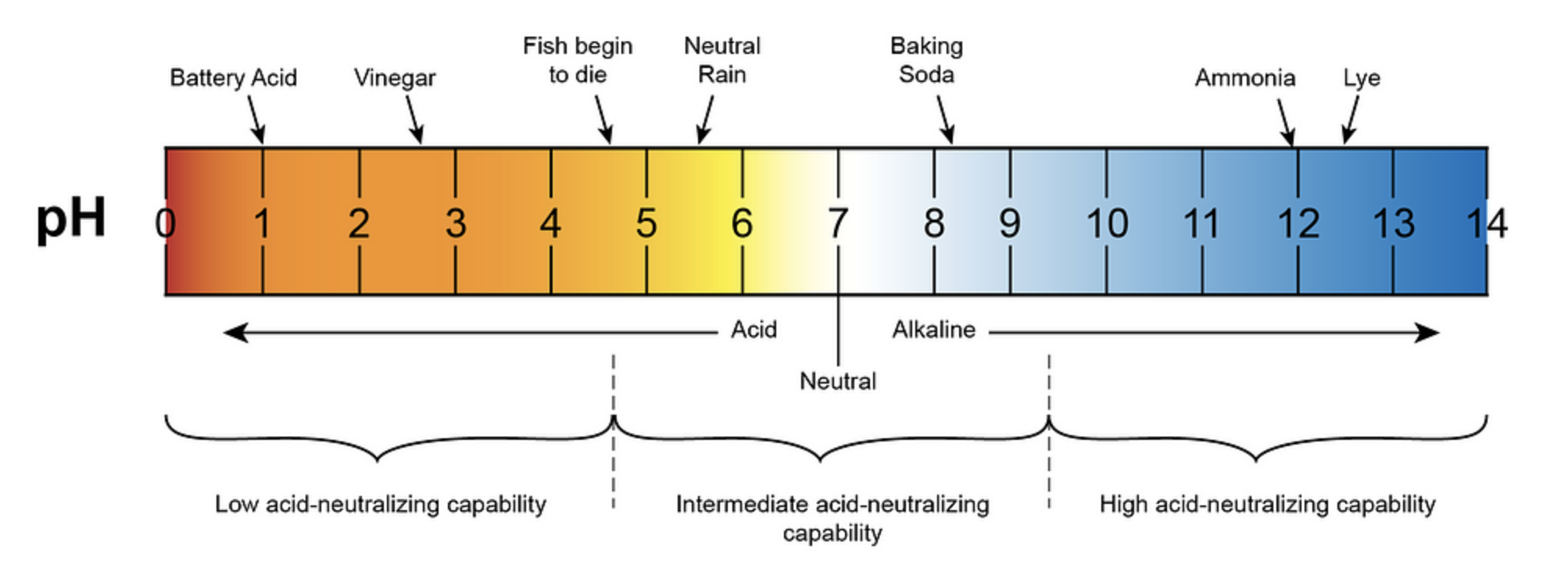The pH of effluent water is a critical parameter in wastewater treatment, ranging from 0 to 14, with 0 being the most acidic and 14 being the most basic. Maintaining the appropriate pH level is crucial for optimizing various treatment processes, such as coagulation and flocculation, disinfection, and biological treatment.
Understanding the pH Scale and Its Significance in Effluent Water
The pH scale is a measure of the acidity or basicity of a solution, with a range from 0 to 14. A pH value of 7 is considered neutral, while values below 7 are acidic, and values above 7 are basic or alkaline. In the context of effluent water, pH values between 6 and 9 are generally considered acceptable, although some Publicly Owned Treatment Works (POTWs) may allow higher or lower pH ranges.
Factors Affecting the pH of Effluent Water
Several factors can influence the pH of effluent water, including:
- Algae Growth: Algae growth in wastewater lagoons can lead to high pH levels in effluent water, which can be controlled through proper aeration.
- Chemical Composition: The presence of various chemicals, such as acids or bases, can alter the pH of effluent water.
- Industrial Wastewater: Industrial wastewater can have a wide range of pH values, depending on the specific processes and chemicals used in the industry.
- Residential Sewage: The pH value of residential sewage can be fine-tuned, with the pH value of most aerobic treatment biochemical tank effluent maintained between 6.5 and 8.5, and the pH value of most anaerobic treatment biochemical tank effluent maintained between 6.5 and 7.5.
Controlling the pH of Effluent Water
To control the pH of effluent water, various chemicals can be used, including:
- Bases: Sodium hydroxide (caustic soda) is a common base used to increase the pH of acidic effluent water.
- Acids: Hydrochloric acid is an example of an acid used to lower the pH of basic effluent water.
- Composite Alkali: A new type of pH regulator that has the advantages of low price and less sediment, making it a popular choice for industrial wastewater treatment.
The choice of pH-adjusting chemicals depends on the specific composition and characteristics of the effluent water, as well as the treatment process being used.
Importance of pH Monitoring and Adjustment
Maintaining the appropriate pH range in effluent water is crucial for several reasons:
- Treatment Efficiency: Proper pH levels optimize the performance of various treatment processes, such as coagulation, flocculation, and disinfection.
- Ecosystem Protection: Extreme pH values in treated effluent can have detrimental effects on receiving ecosystems and waterways, affecting aquatic life and water quality.
- Infrastructure Integrity: Acidic effluent can corrode pipes, while basic effluent can cause scale build-up and mineral deposition, leading to infrastructure damage.
Regular testing and monitoring of the pH value at various points throughout the treatment process are essential to ensure that the final effluent meets the required discharge quality standards.
Conclusion
The pH of effluent water is a critical parameter in wastewater treatment, and maintaining the appropriate pH range is essential for optimizing treatment processes, protecting the environment, and preserving infrastructure integrity. By understanding the factors that influence pH and the available methods for pH control, wastewater treatment professionals can ensure that the effluent water discharged into the environment meets the necessary standards and regulations.
References:
- Lagoons.com: Using Wastewater Lagoon pH As A Diagnostic Tool
- H2O Labcheck: pH in Wastewater — Water Library | Acorn Water
- Advanced Chemsys: The Importance of pH in Wastewater Treatment
- LinkedIn: How to adjust the PH value of sewage treatment plant during water treatment
- Neo Water Treatment: The Wastewater pH Seesaw
- ALAR Corp.: Wastewater pH Compliance

